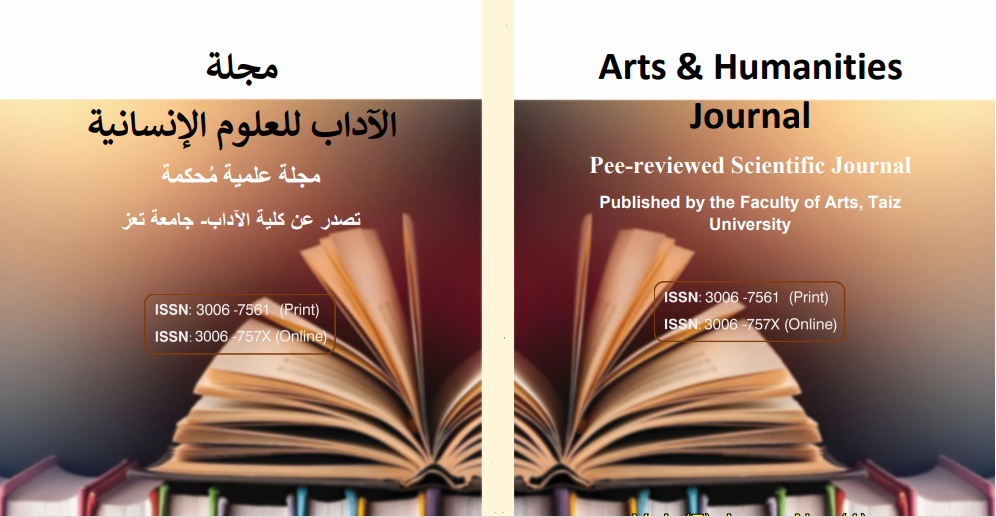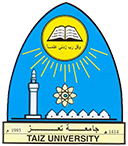Transformation of Tess into Myth in Thomas Hardy's novel Tess of the d'Urbervilles
الكلمات المفتاحية:
Tess of the d'Urbervilles, goddess, myth, transformation, Alec, Dionysianism and Angel, Apollonianismالملخص
This paper analyzes Thomas Hardy's incorporation and adaptation of classical Greco-Roman myths in his novel Tess of the D'Urbervilles. It examines how Hardy utilizes myths surrounding figures like Artemis, Demeter, Iphigenia, Eurydice, Penelope, and most importantly Persephone, the Queen of the Underworld to add depth and symbolism to the character of Tess and her journey. Through allusions and parallels to these myths, Hardy imbues Tess with mythic dimensions that connect her experiences to broader themes of fate, destiny, and the human condition throughout history. The research methodology utilized is a qualitative textual analysis, involving close reading of the primary text to identify mythical allusions, contextualization of referenced myths through secondary sources, comparison of literary and original mythical elements, and thematic analysis of symbolic elements and key themes. The paper identifies seven transformative processes through which Tess undergoes a symbolic transformation from an ordinary woman into a mythic figure. These include her portrayals as a suffering daughter of nature, as Persephone abducted by both Alec d'Urberville and Angel Clare, and as the sacrificed Iphigenia and Eurydice. Analysis of mythical references underscores Hardy's interest in using myth not just as ornamentation but to critically address crises of Victorian society through universal themes. By drawing parallels between Tess and mythic figures inhabiting the tragic tradition, Hardy invites readers to consider the timeless aspects of her experiences and mirrors her struggles in broader perspectives.



